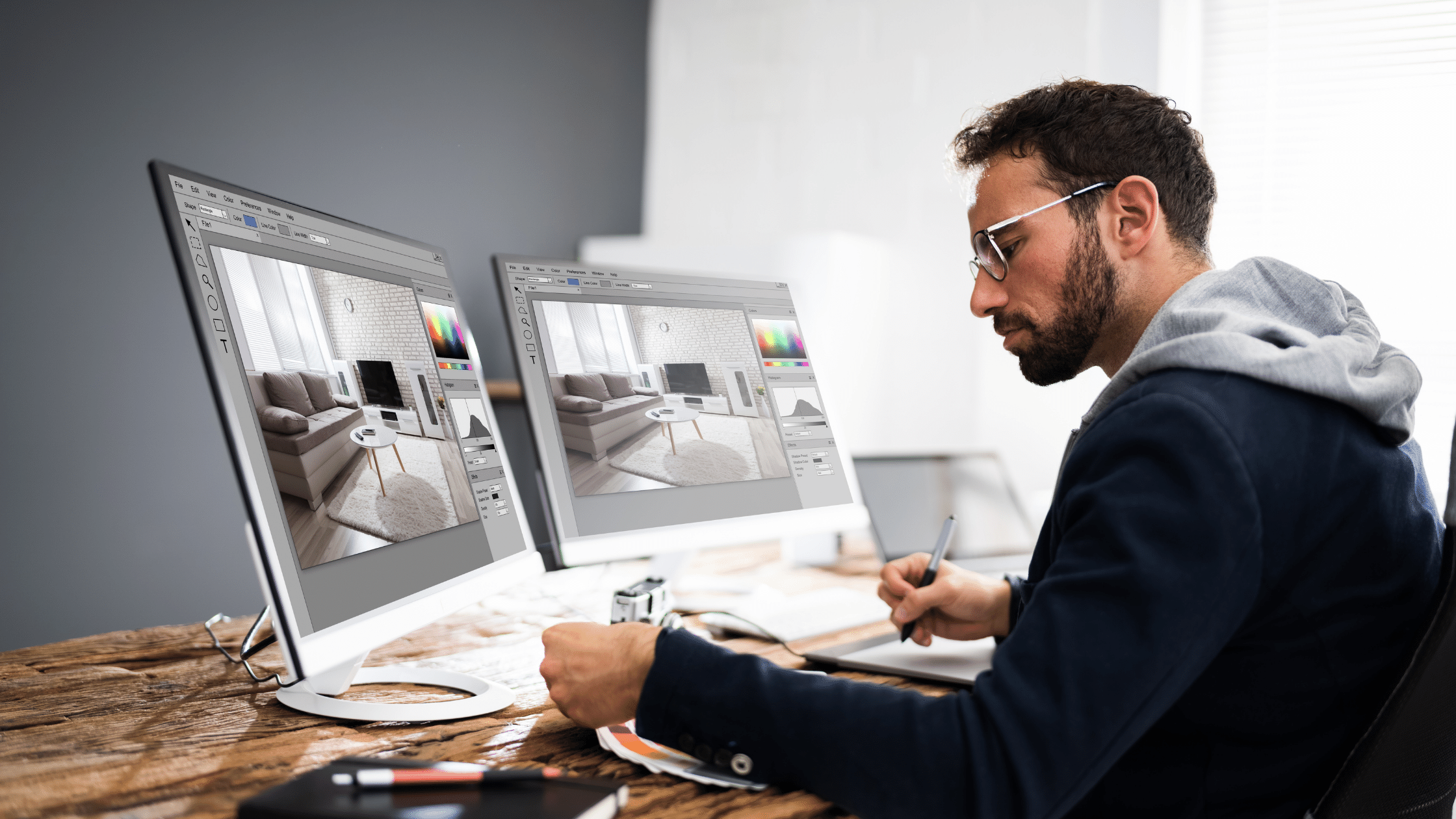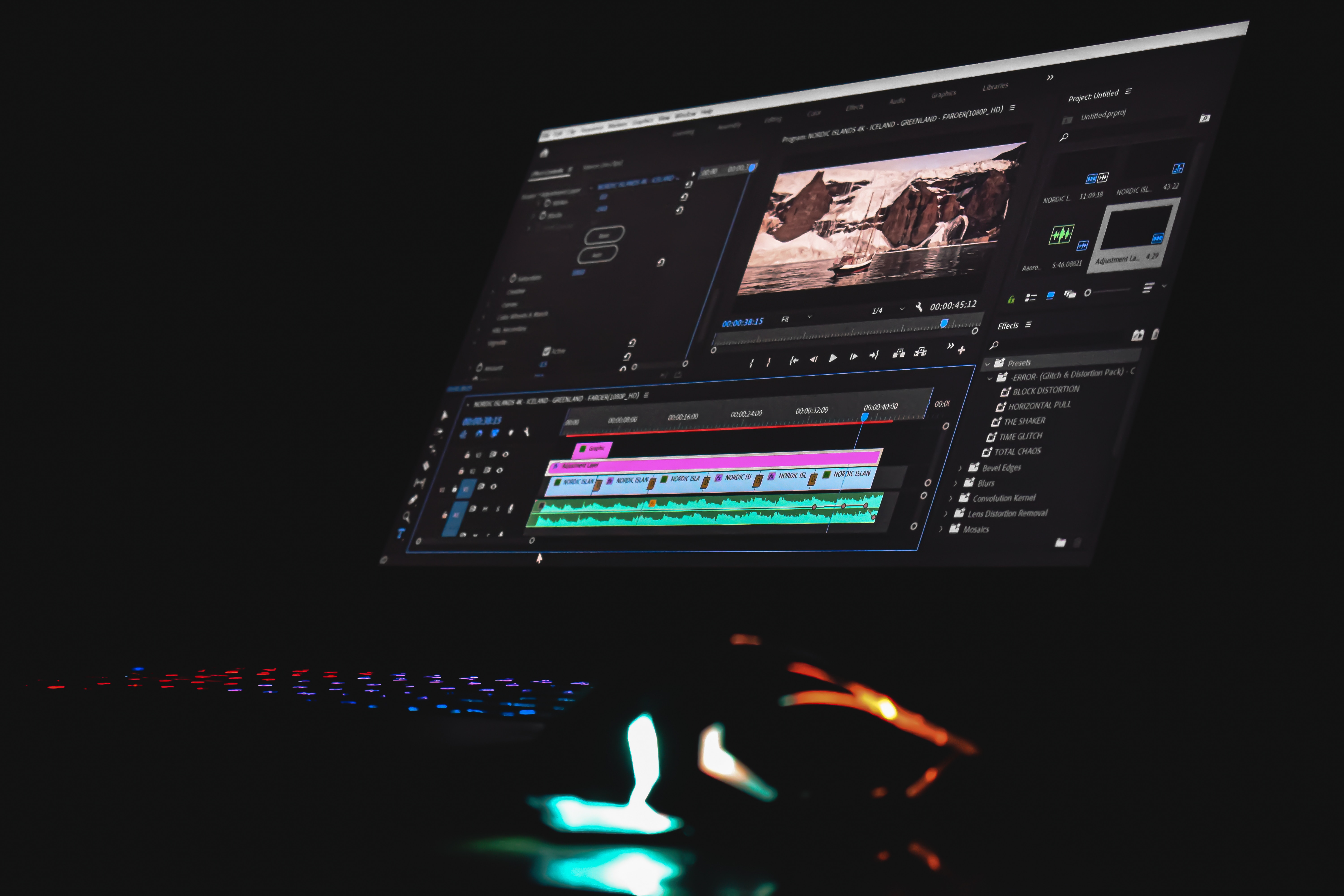Any photographer or videographer knows that lighting can transform a subject. Indeed, you’re not photographing a subject at all. You’re photographing the light that falls on them.
High-contrast lighting — that is, lighting that has a wide range of tonalities, from pitch-black to bright — can make a subject look striking and memorable. Examples of high-contrast lighting can be found in black-and-white classic film noirs like Double Indemnity and Sunset Boulevard. These movies have rich, deep shadows and bright, clean whites.
That’s in, well, contrast to low-contrast lighting, which aims for an even, subdued approach, with few highlights and lowlights. That’s most lighting, when you think about it, as in romantic comedies that just want to make everyone look pretty much appealing and even-toned.
When you’re looking for something more dramatic and exciting (and possibly sinister, as in horror movies), high contrast is the way to go.
Done poorly, however, high-contrast photography runs the risk of looking amateurish and underlit, or muddy.
So how do you set up high-contrast lighting that looks appealing for your shots? Here are some tips to help you in your quest!
1. Be Strategic About Your Lights
Gordon Willis, the legendary cinematographer of The Godfather and Klute, had his own unique and groundbreaking way of shooting. He would often underexpose very slightly and start by taking out all the lights before adding a small, well-placed light to provide just a dot of illumination.
You have to be a very confident image maker to go with this approach, and Willis worked with film, which is a less sensitive and forgiving medium than video.
Still, this could be a good place to start and experiment, especially if you’re working in a studio or another very controlled environment.
This approach is similarly taken by Tom Stern, the cinematographer who shot several of Clint Eastwood’s best movies.
One of the best aspects of high-contrast lighting is its ability to make you think about light and how powerful it can be in moderation. Think about Marlon Brando in The Godfather, barely illuminated except for the crevices in his face. It doesn’t have to be conventionally “beautiful” to be striking. So be bold: take everything else out first, then sculpt your subject with as little light as possible and see how striking it can be when you position it with care.
If you’re not shooting in a studio but outdoors, think about when natural light is at its brightest and harshest. Particularly if you’re shooting in a city like New York that offers a lot of grids and strong patterns and shapes, you could easily achieve powerful high-contrast images with simple, striking forms.
One great example of this kind of city photography would be classic Weegee crime photos. Weegee, an iconic street photographer, augmented the high-contrast nature of his photos by using a direct flash, which didn’t give the prettiest light but often isolated his subjects against contrasting backgrounds. Think, too, of photos of the New York skyline at night, in which the buildings’ artificial lights illuminate the photos.
2. Think About Angles
Most lighting for film and photography has three basic sources:
- Key light
- Fill light
- Backlight
The key light is (as the name implies) the main lighting source, often placed frontally.
Backlight (or halo light) is placed behind the subject to create separation from the background and a sense of depth.
Fill lights are usually smaller lights, placed to soften the key light and create depth.
With high-contrast photography, the rules are a bit different because you don’t want to even it all out. You could try using just a backlight to create an eerie silhouette. Mostly, though, lights that come from the side give greater contrast. A mix of side light and backlight affords the best kind of high-contrast, sculpting light.
Fill lights exist to add shading and minimize contrast (think of classic “beauty” photography that generally seeks to be soothing and avoid big tonal differences). So don’t use them if you’re going for high contrast! Just use a nice bright light (at a side angle to your subject), and then give them a halo backlight to separate them from the background.
In the aforementioned Double Indemnity, there’s a great shot of a character lit from behind by a train with just a little light from the side to get definition on their face. It provides high contrast and drama without feeling too skeletal.
3. Think About Color
High-contrast lighting doesn’t have to be black and white. It can be used to great effect in color photography, too. Mostly when you think about contrast, it refers to tonal range, but it can also refer to contrasting colors.
The films of Pedro Almodovar and Spike Lee use bright colors that conflict and contrast — think bright reds and deep blues.
You can also look at the color wheel for inspiration when it comes to colors that contrast with one another. Blue and orange are a classic combination, popular with Hollywood movie poster designers (maybe too popular) for their complementary nature.
That combination may be overused (though it works to give images a sense of dynamism and pop), but you can think of other, less-used combinations that may work and add contrast for you.
Alfred Hitchcock often used “ugly” combinations, like neon green coming through the window in Vertigo from a nearby light, to craft memorable images. That’s because high-contrast areas of light and dark, as well as conflicting colors, create a sense of urgency and drama.
Steven Spielberg often signifies that something “magical” is happening when blue light streams through a window. Blue is a color that doesn’t occur much in nature, so to Spielberg, it signifies “otherworldly.” But other filmmakers have their own, different take on what blue means.
So consider what colors might signify contrast to you personally, and how you can use that to create contrast (whether with the everyday or just with other colors).
Impressionist and post-Impressionist painters like Vincent van Gogh were obsessed with ways that colors complemented and contrasted with one another. There’s a lot of interesting reading on color theory if you want to delve deeper into this subject — but you can also just grab your camera, go shoot, and see what’s interesting.
4. Get the Right Subject
Think of Ansel Adams’s majestic black-and-white photographs of Yosemite and America’s natural splendors. You can read an interview with the master where he talks a bit about his process here, including his admiration of another great black-and-white, high-contrast photographer, Mary Ellen Mark. Adams was mostly a landscape photographer, and Mark worked with human subjects in the studio. Still, their creative principles are similar.
Adams was renowned for pre-visualizing his photos, choosing locations and subjects to maximize their drama. He picked the time of day to shoot them that would afford maximum contrast, when the light was at its brightest and so would cast the longest shadows.
Photos of geometric black-and-white buildings or black-and-white magpies will look high contrast because in real life, they are. Bright sun in cities casts deep shadows.
Remember that life is always offering you examples of stark contrast, like a wintry tree against a snowy field, or beams of light shooting through tree canopies.
Cities also provide constant examples of unsettling, contrasting juxtapositions, like the rich and poor living side by side. They also provide literal contrast in color and illumination, like the light cast by bright neon on otherwise nondescript urban landscapes.
Finding the right subject applies to studio photography, too. You could dress your subject in black against a white background or (vice versa) to help them pop. You can use more theatrical makeup to create more contrast, too, like bright red lipstick.
5. Think About Scale
Contrast can also be expressed playfully by creating dynamic relationships between foreground and background.
In Citizen Kane, Orson Welles used high-contrast cinematography to create mesmerizing patterns and differences between rich black and bright white, but he also used a sense of deep space. Thus, he contrasted large, looming figures in the foreground with receding figures in the midground and background.
Viewers were left with a feeling of dynamic range, and a sense of excitement and contrast when characters moved from the foreground to the background.
A contrasting sense of scale (like a small figure against a giant looming building) can help create a sense of grandeur and awe.
Similarly, macro lenses can help you find contrast in nature: Seen up close, the world often delivers more striking examples of tonal range.
Contrast Photography and Great Content
Those are five great tips to help you create contrast in your visual content. When you’re considering how to add variety and possibly counterpoint in your soundtracks, the right music and sound effects can be key.
StockMusic.net is there to help you find the best music, all royalty-free, so you can make content that’s as memorable and exciting as possible.
Once you pay the one-off fee, you don’t have to pay additional royalties. That way, you can spend less time thinking about paperwork and royalties and more time focusing on the creative side of your art. Reach out to StockMusic.net today!





Pingback: Video Editing Collaboration Tools for Creators - stockmusic.net Blog
Pingback: The Ultimate Video Production Equipment Checklist for Content Creators
Pingback: The Benefits of an External Camera Monitor | A Guide